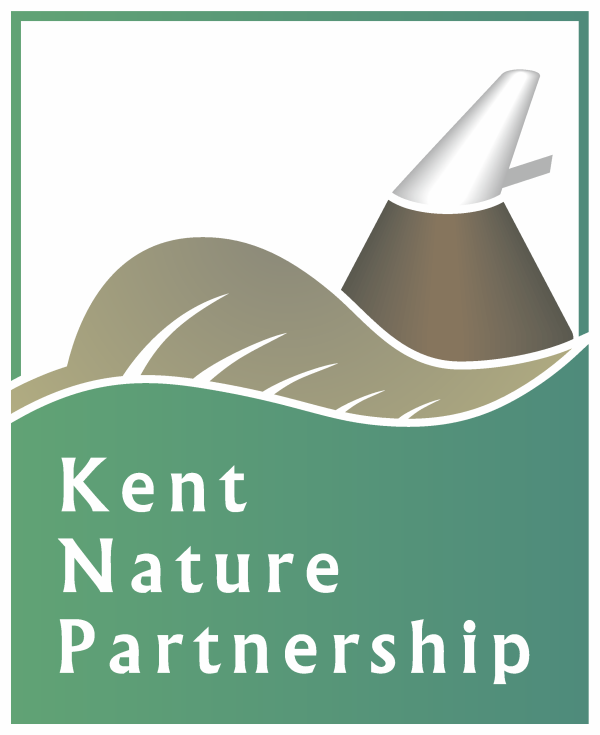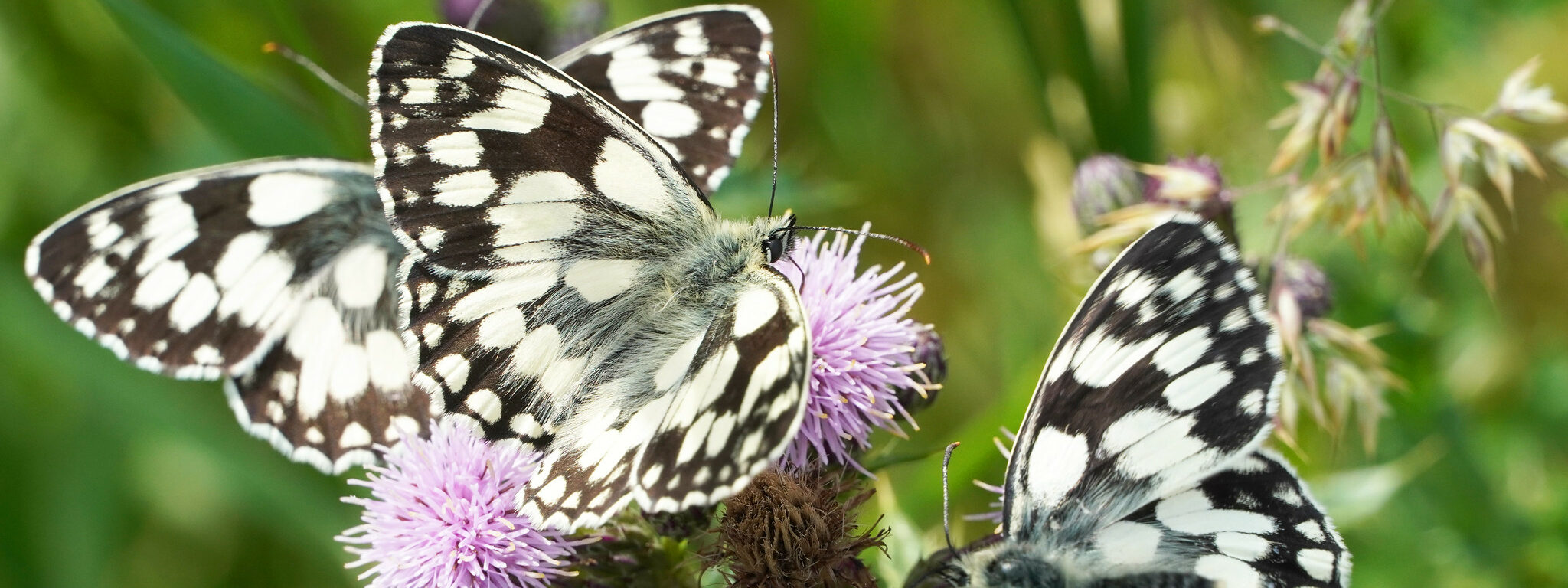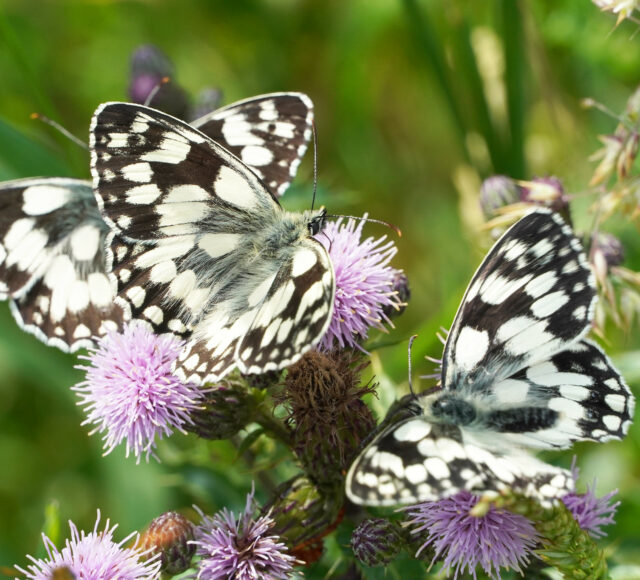The landmark “State of Nature in Kent 2021” report was published in July 2022 and covers Kent and Medway. With seven chapters featuring over sixty contributors, the full report is presented here, along with associated information.
The report will be a catalyst for future action, accompanying strategies, which will provide the template for that action, and it will be used in the following ways: (a) Reporting mechanism and evidence base for Kent Biodiversity Strategy. (b) Reporting mechanism and evidence base for Local Nature Recovery Strategy. (c) Use in decision making, risk management, advocacy, and funding. (d) To align with national and regional State of Nature reporting. (e) To inform future KNP priorities and actions.
This KNP report was compiled by the Kent Wildlife Trust under the guidance of a KNP steering group, and was funded by Kent Wildlife Trust, Kent County Council and Kent Planning Officers Group. The report has been supported by a wealth of local organisations and experts who provided data and written content. It provides a detailed picture for Kent and Medway which we hope you will find both informative and useful.
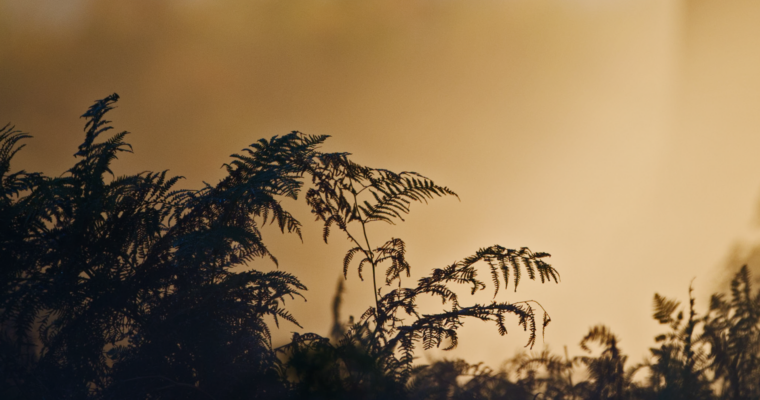
Chapter 1: Introduction
This download includes a Foreword by JB Gill and the introduction to the report which includes:- the changing fortunes of our species and habitats over…

Chapter 2: Headlines and Key Findings
The headlines for the last 10 years are a mixture of positives and negatives. Against the background of increasing development for housing and a range…

Chapter 3: Drivers of change
In each case, the authors have been asked to describe the pressures on nature, the state of nature as a consequence and the responses that…
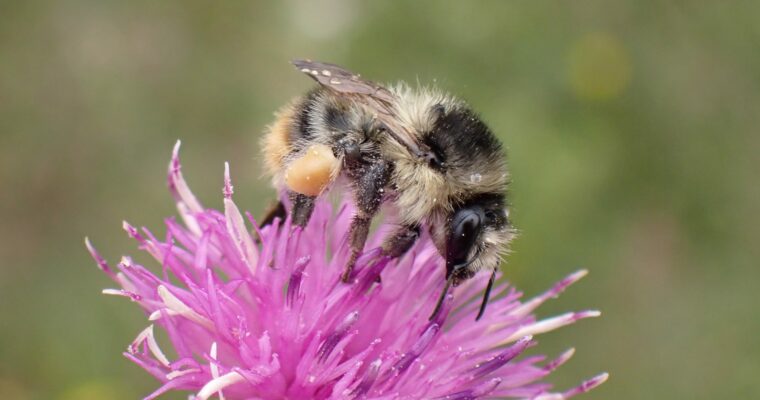
Chapter 4: Conservation – towards a Nature Recovery Network
Across over ten themes, the authors describe both approaches that have worked well and areas where we have collectively fallen short.
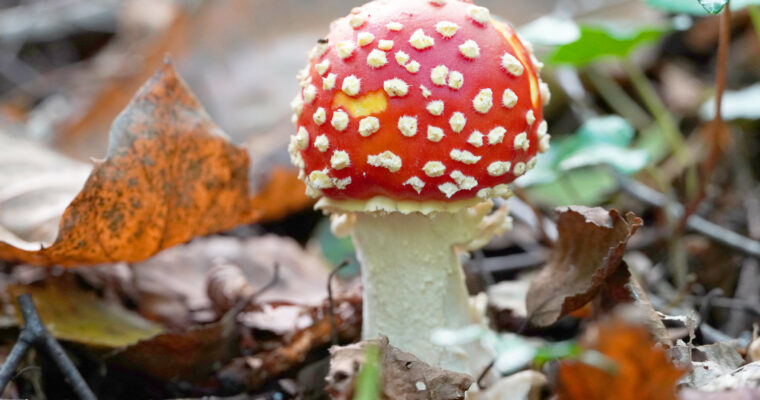
Chapter 5: The State of Kent’s Species
In each case they have provided detail on status and trends for these species, along with key habitats and their protection.

Chapter 6: Landscape – scale conservation
Taking the Lawton principles one by one, Natural England and Kent Wildlife Trust take a detailed look at what they mean in practice, how landscape…
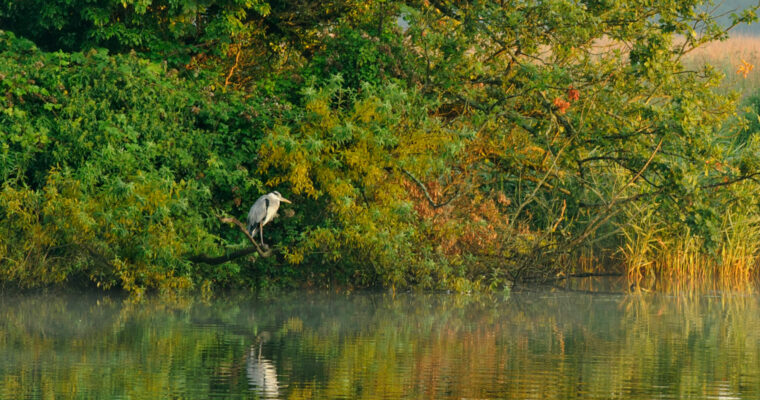
Chapter 7: Conservation Impact Case Studies
This chapter covers eighteen case studies ranging from the Old Chalk New Downs project to Turtle Dove friendly zones and fisheries management. In each case,…
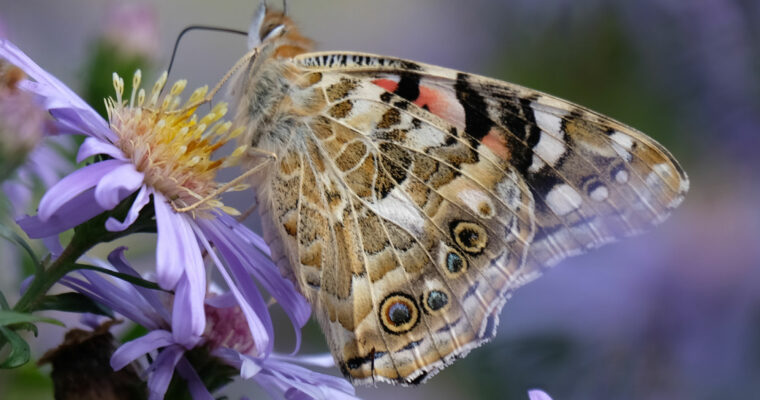
Conclusion
Kent’s nature continues to be subject to an increasing barrage of coinciding threats and significant collective action at scale is required if we are to…
Further information
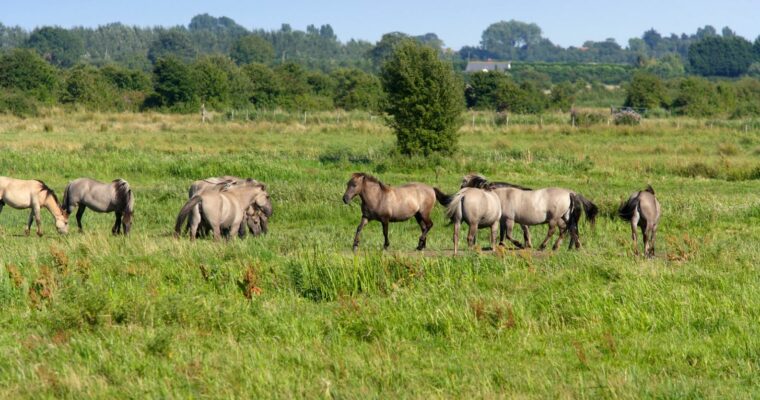
Kent’s Conservation Landscape Information Tool
Through landowner entries to the Landscape Information Tool, the State of Nature in Kent 2021 report presents a picture of land positively managed for wildlife…
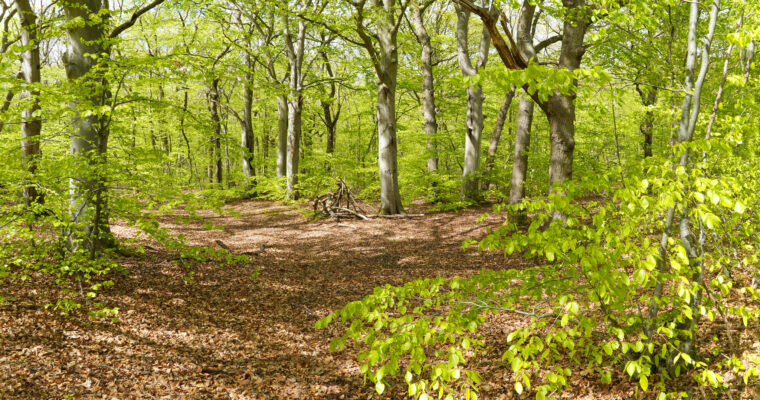
Our Strategy
Our 25-year mission and goals The Kent Biodiversity Strategy aims to deliver, over a 25-year period, the maintenance, restoration and creation of habitats that are…
